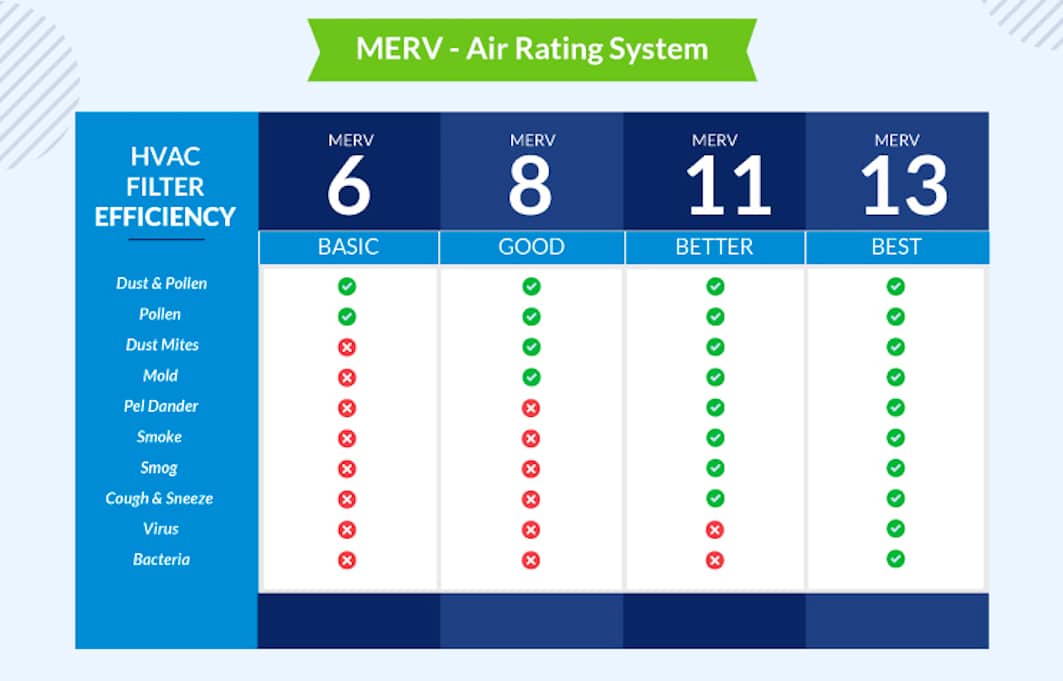The 4 types of Salesforce sandboxes, their abilities and functions

Salesforce sandboxes
What is a Sandbox?
A sandbox is a duplicate of a creation domain utilized for a mixed bag of purposes, generally including testing and advancement.
Here’s the means by which it lives up to expectations: When you make or revive (basically erases and reproduces a sandbox utilizing the same name) a sandbox, a generation’s duplicate surroundings by then is made. By far most of the design continues as before as the creation organization. There are a couple changes to sandboxes amid the duplicate procedure – for instance the sandbox name (e.g. Dev1) is affixed to the username of all clients inside of the sandbox. A few sorts of sandboxes will permit you to determine information to be replicated from creation into the sandbox also (see beneath). On the off chance that no information is duplicated (e.g. designer release sandbox), then the greater part of the setup (metadata) will be moved, however no records will be available.

What’s the objective?
Suppose that I need to assemble another Force.com application – I would begin by building and testing that application in a sandbox. When I am fulfilled by the application, I can then move the metadata and information (if appropriate) to the generation environment. By performing this setup in a non-generation environment, I am allowed to test and test without running the danger of making unused design/fields, meddling with a current application being used, and other such concerns.
After the development period we require one regular testing environment, amid preparing period preparing group requires separate environment for preparing reason and before going to generation one STAGING environment required. So for every stage distinctive situations are required.
People have been talking about sandboxes for quite some time now. What’s amazing is that a few of them really understand what they do. With the continuous increasing popularity of Salesforce among businesses, it is important to get a clear understanding of sandboxes and their partial data. Well, at the most basic level, a sandbox is responsible for creating copies of your business organization in separate environments. This is beneficial because it can be used in development, testing and training without putting the business’ data at risk of distortion or even being lost. Remember that business data is a very important asset.
Before proceeding to discuss the different types of sandboxes available, it is good to mention that having more than one of these tools is healthy for your business. This is especially the case if you are working on several different projects that you do not want to have interfering with each other. The different types of sandboxes available include:-
- Full sandbox
The Salesforce full sandboxes usually copy the whole of your production organization plus all its data. Everything from standard to customer object records, attachments and documents will be copied. Sandbox templates give you the change to pick specific objects and data that you want to copy to the sandbox. Therefore, it is possible to control the size and the contents of each sandbox. A Full sandbox can be refreshed every 29 days.
- Partial data sandbox
Partial Data sandboxes contain all the metadata of your organization. They also add a certain amount of your production organization’s data that you can define using a sandbox template. Perhaps now is a good time to mention that sandbox templates are only available in Partial Data and Full sandboxes. The Salesforce partial data sandbox is basically a Developer sandbox, but with data that you define using the sandbox template. Partial Data sandboxes can include the organizations custom and standard object records, documents as well as attachments to a capacity of up to 5GB and a maximum of 10,000 records per selected object. Since Partial Data sandboxes are smaller than the Full sandbox, they come with a shorter refresh interval, normally every five days.
- Developer Sandbox
This is a special configuration sandbox whose main use is coding and testing. In as much as it is intended for use by a single user, its multiple users can log into one Developer sandbox. They primarily provide an environment where changes under active development can be set aside until they can be shared. Normally, these sandboxes will copy all the information on applications and configuration. They are limited to 200MB of test or sample data which is just enough for most development and testing tasks. They can be refreshed once daily.
- Developer Pro Sandbox
The Developer Pro sandbox is a major improvement from the Developer sandbox aforementioned. It copies all the production organization’s reports, price books, customizations under setup, products and dashboards. However, it will exclude all the business’s standard and custom object documents, records and attachments. Creating this sandbox will decrease the time taken to create or refresh a sandbox from several hours to a few minutes. However, it can only include data up to 1GB.



